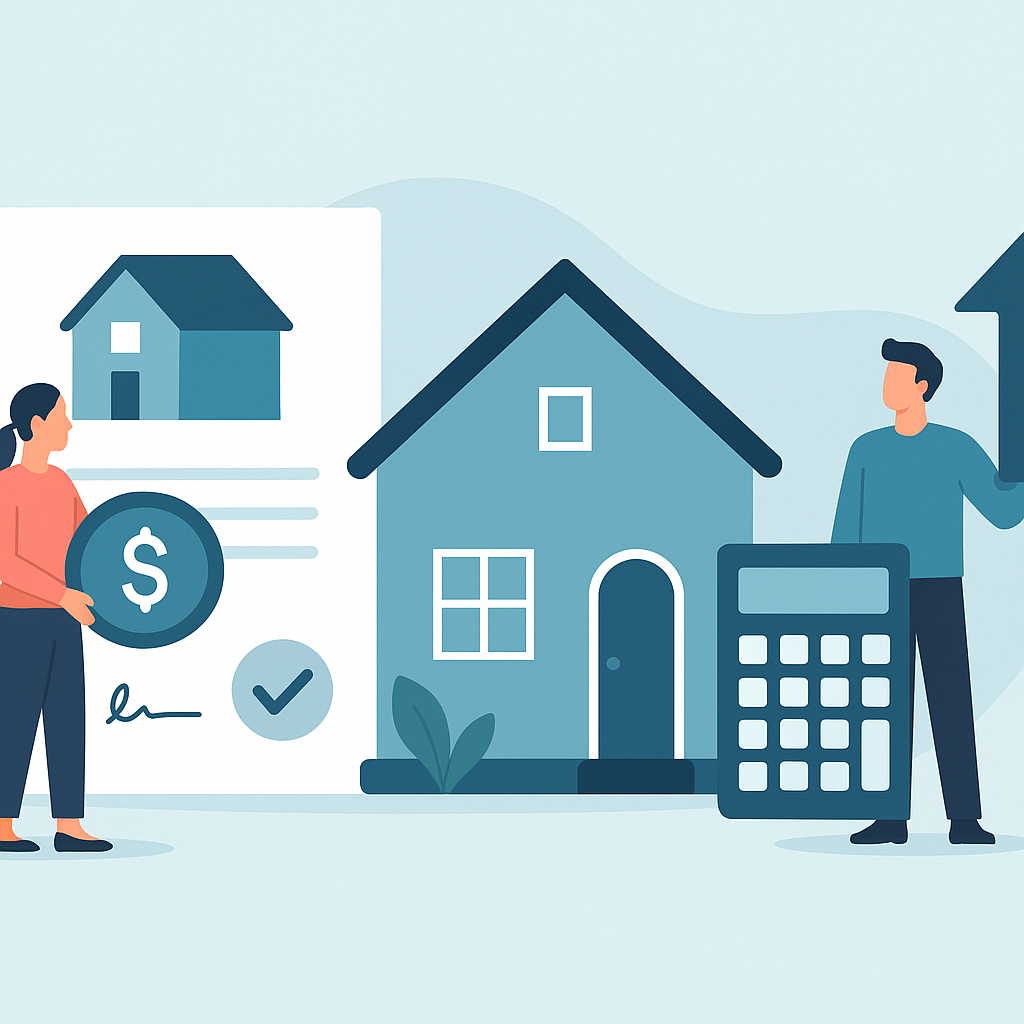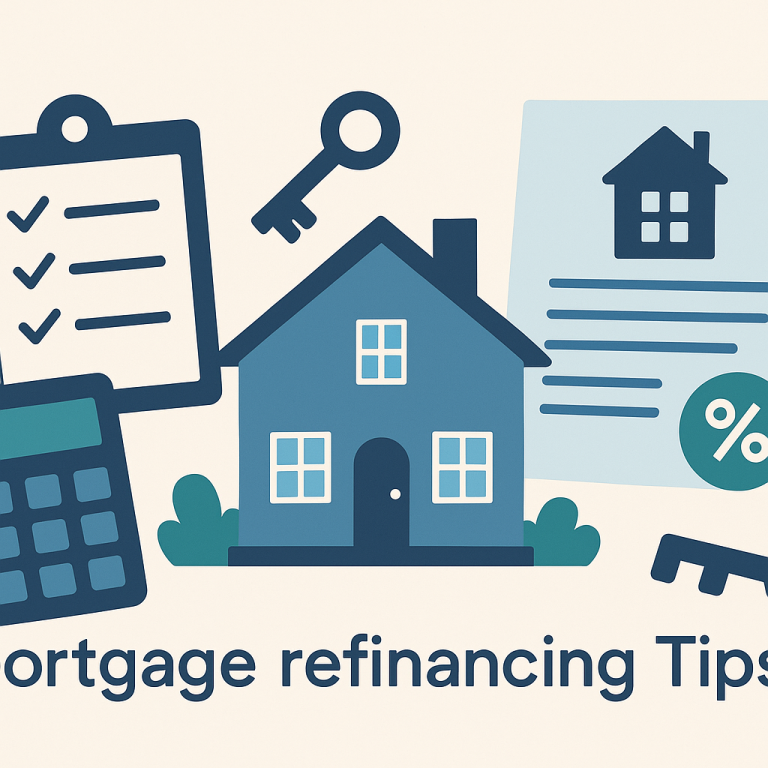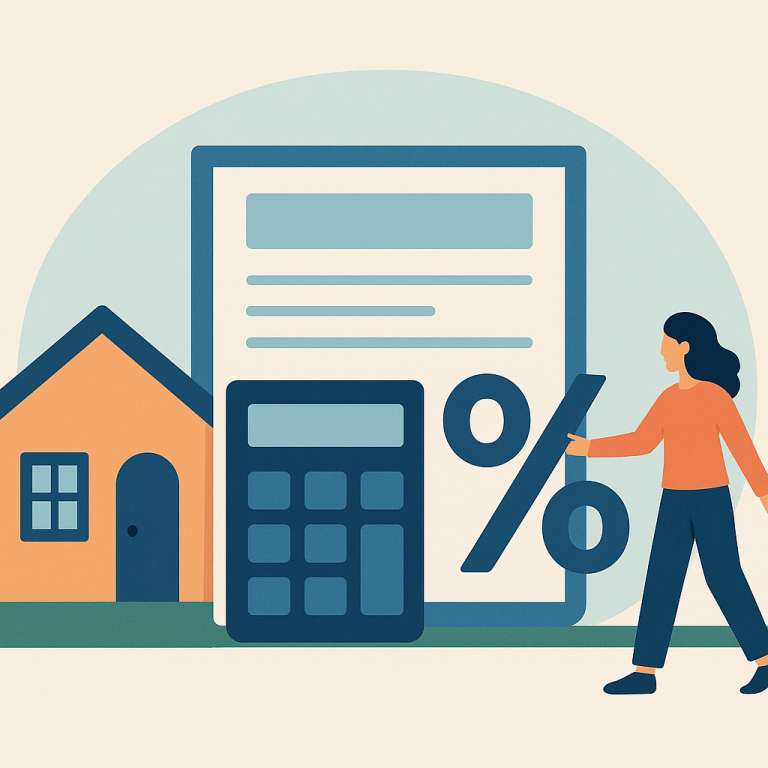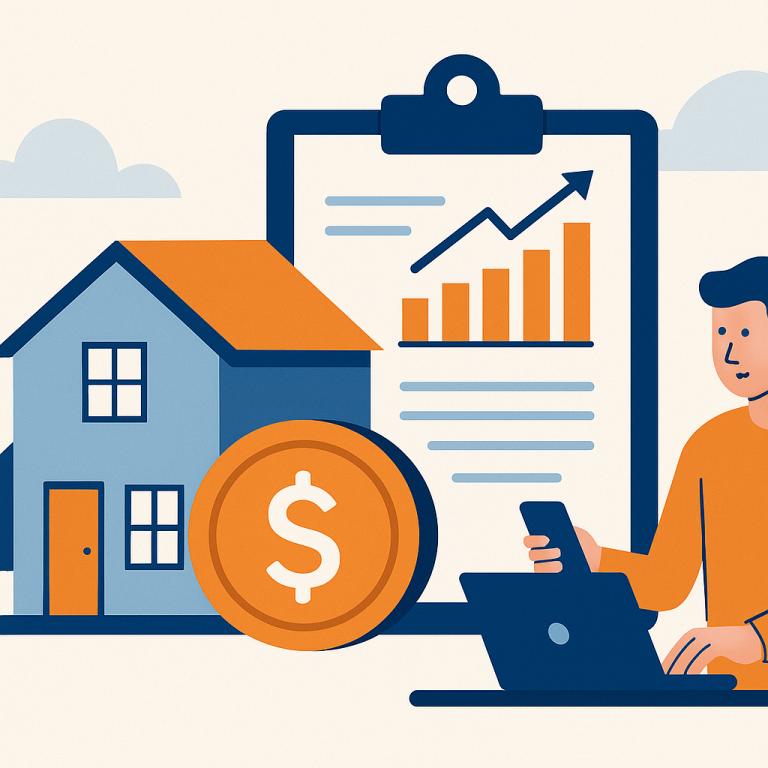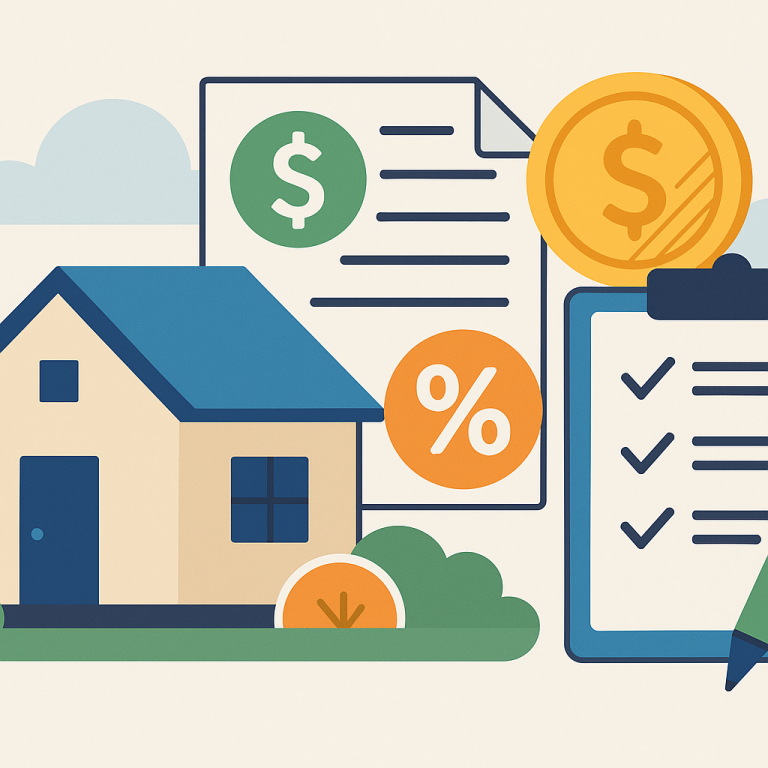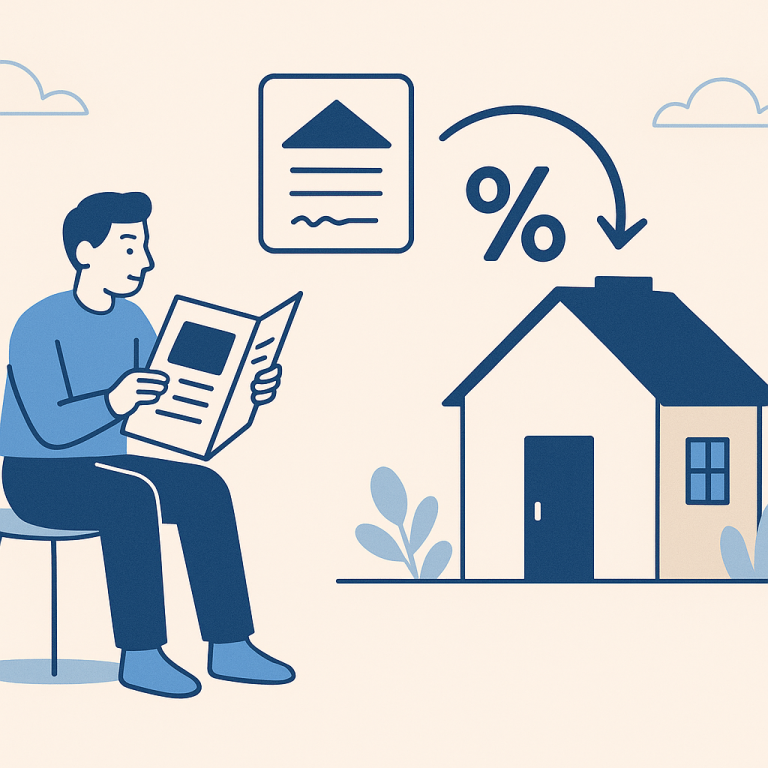Refinance guide mortgage recast vs refinance which is better
Mortgage Recast vs Refinance: Which Is Better?
Homeowners weighing ways to lower their monthly mortgage payment or shorten the life of a loan often consider two options: a mortgage recast or a refinance. Both change your payment profile but in different ways, with distinct costs, benefits, and eligibility rules. This guide explains what each option is, when it makes sense, the costs involved, step-by-step processes, common pitfalls, and answers to frequently asked questions to help you decide which is better for your situation.
What it is and when it makes sense
Mortgage Recast
A mortgage recast (also called a loan reamortization) is when you make a large lump-sum principal payment on an existing mortgage and your lender recalculates monthly payments based on the new, lower principal while keeping the same interest rate and remaining loan term. It makes sense if you have a one-time cash windfall — for example, an inheritance, bonus, or proceeds from selling an asset — and your goal is to reduce monthly payments without changing the loan’s rate or term.
Mortgage Refinance
A refinance replaces your current mortgage with a new loan. You can refinance to get a lower interest rate, change from an adjustable-rate mortgage (ARM) to a fixed-rate mortgage (or vice versa), shorten or lengthen the term, or take cash out. Refinance makes sense when current market rates are meaningfully lower than your existing rate, when you want to change the loan structure, or when you need cash-out for home improvements, debt consolidation, or other needs.
Benefits and drawbacks
Recast — Benefits
- Lower monthly payment without changing your interest rate or term.
- Minimal fees and quick processing compared to refinancing.
- No new loan application or credit check in most cases.
- Keeps your current rate and any existing benefits (e.g., lower locked-in rate).
Recast — Drawbacks
- Requires a substantial lump-sum payment to make recasting worthwhile.
- No change to interest rate — you miss potential savings if rates have fallen.
- Not all loan types or lenders allow recasting (commonly allowed on conventional loans but rarely on VA, FHA, or HELOCs).
- Doesn’t reduce the loan term unless you continue paying more than the new minimum.
Refinance — Benefits
- Potentially much lower interest rate resulting in significant long-term savings.
- Ability to change loan term (shorten to pay off faster or lengthen to lower payments).
- Option to cash out equity for major expenses or to pay off higher-interest debt.
- Switch between adjustable and fixed rates as personal risk tolerance changes.
Refinance — Drawbacks
- Closing costs and fees can be substantial (typically 2%–6% of the loan amount).
- Refinancing restarts or changes amortization — shortening term raises payments, lengthening may extend interest paid.
- Requires underwriting, credit check, appraisal, and waiting time.
- May not make sense if you plan to sell the home soon because you might not recoup closing costs.
Costs and fees
Typical costs differ widely between the two options:
- Recast fee: Often low, commonly $150–$500. Some lenders charge a fixed administrative fee; others may have minimum principal reduction requirements (e.g., $5,000–$25,000).
- Refinance fees: Include application/origination fees, appraisal ($300–$700), title and escrow fees, recording fees, underwriting, and possibly points to buy down the rate. Total closing costs commonly range from 2% to 6% of the new loan amount. Cash-out refinances may have higher rates and stricter underwriting.
Always ask your lender for a Good Faith Estimate or Loan Estimate to compare total upfront costs and the breakeven period for refinancing.
Step-by-step process
How to recast a mortgage
- Contact your lender to confirm that recasting is allowed and ask about the minimum payment required and the fee.
- Confirm the new monthly payment calculation and timing (some lenders require funds to clear before re-amortization).
- Make the lump-sum principal payment to the loan account following lender instructions.
- Lender re-amortizes the loan and issues a new payment schedule showing the reduced monthly payment.
How to refinance a mortgage
- Shop lenders and compare rates, points, and estimated closing costs. Get Loan Estimates from multiple lenders.
- Apply and lock a rate once you’re comfortable with terms.
- Undergo underwriting, submit documentation (income, assets, title), and schedule an appraisal.
- Review closing disclosure, attend closing, sign documents, and pay closing costs. The new loan funds and pays off the old loan.
Common pitfalls to avoid
- Not checking minimums and eligibility — some loans (FHA, VA) rarely permit recasts, and some lenders require large minimum payments.
- Failing to calculate break-even for a refinance — if you sell the home before you recoup closing costs, refinancing may be a net loss.
- Assuming recast reduces total interest paid significantly — it lowers monthly payments but doesn’t change the interest rate or loan term unless you pay extra each month.
- Using cash-out refinance for short-term needs — increasing your mortgage balance can cost more in long-run interest.
- Ignoring PMI rules — refinancing can remove PMI if you reach 20% equity, but a recast alone won’t automatically eliminate FHA/VA mortgage insurance rules.
Short FAQ
Q: Can I refinance after recasting my mortgage?
A: Yes. A recast doesn’t prevent refinancing later. If you later find a lower rate or want to change terms, you can apply to refinance; however, any benefits from the lump-sum payment (reduced balance) will carry into the new loan’s payoff calculation.
Q: Will a recast hurt my credit score?
A: Generally no. A recast is an administrative change to your existing loan and typically does not involve a hard credit inquiry. A refinance, on the other hand, requires a credit check and may cause a temporary dip in your score.
Q: How do I know which is better for me?
A: If you have a large one-time sum and want lower monthly payments without changing your rate, recast is often cheaper and faster. If interest rates are much lower than your current rate, you want to change the term, or need cash-out, refinancing likely makes more sense. Run the numbers: compare recast fees vs refinance closing costs and calculate the refinance break-even period.
Q: Can a recast eliminate mortgage insurance (PMI)?
A: Typically no. PMI rules depend on loan type and loan-to-value (LTV) ratios. While a sufficient principal reduction might drop your LTV below the PMI threshold, many programs (especially FHA) have their own rules for cancellation. Check with your servicer.
Choosing between a recast and a refinance depends on your financial goals, current interest rates, how long you plan to stay in the home, and whether you have cash available for a lump-sum payment. Run the math, ask lenders for detailed estimates, and consider consulting a trusted mortgage professional to find the best path.
META: mortgage recast vs refinance, mortgage recast, refinance, homeowners guide, refinance costs, recast fees

